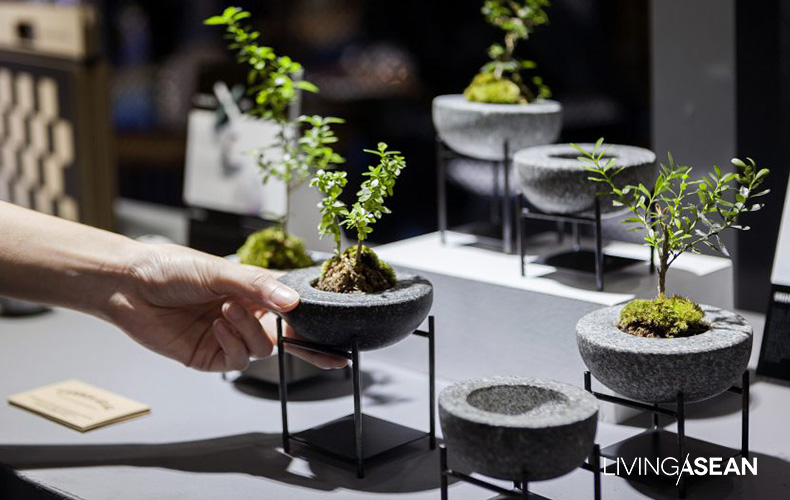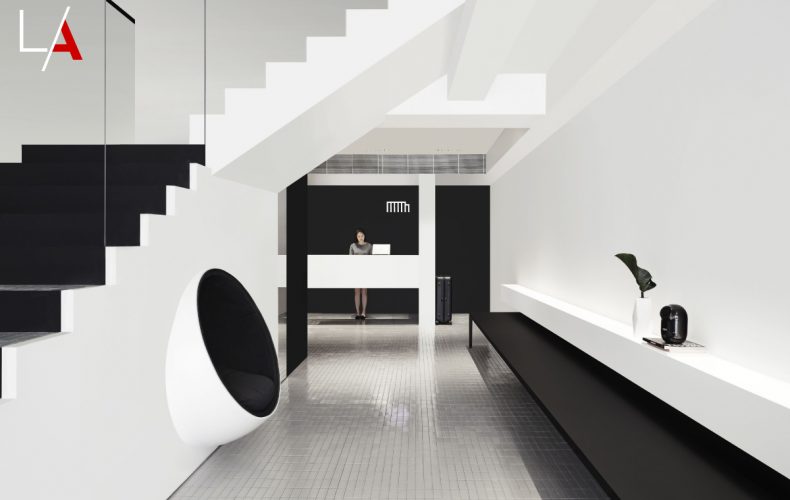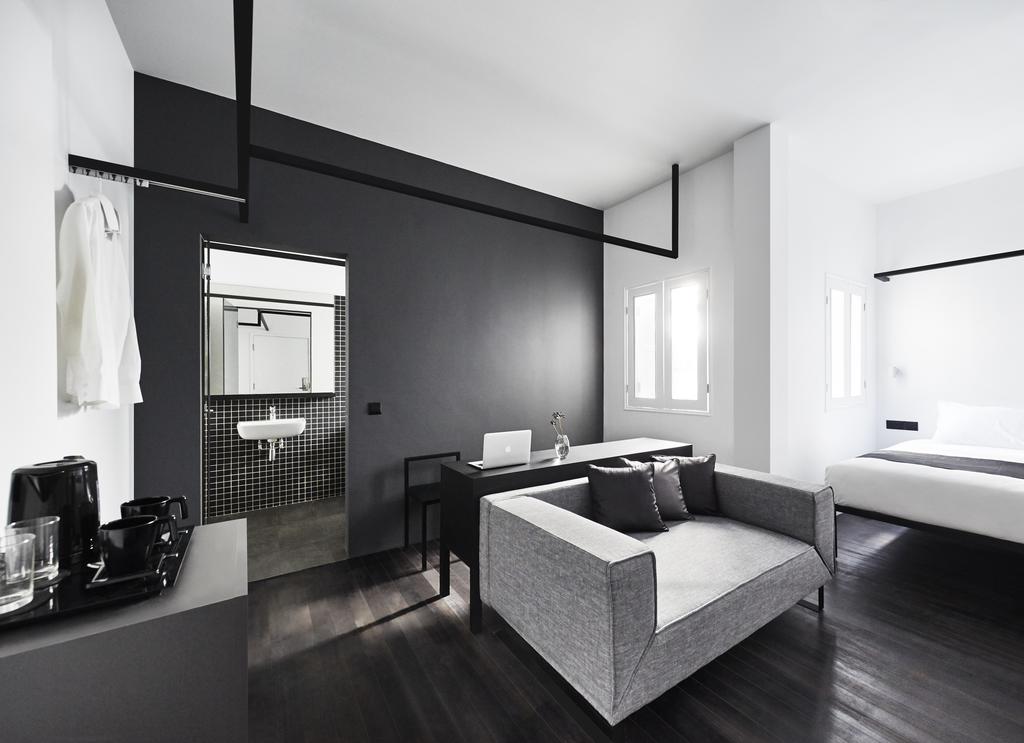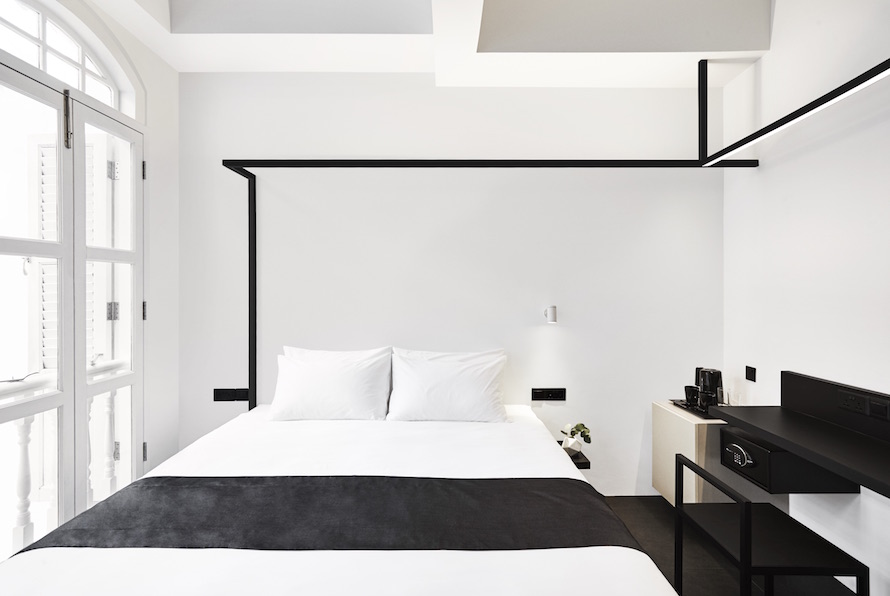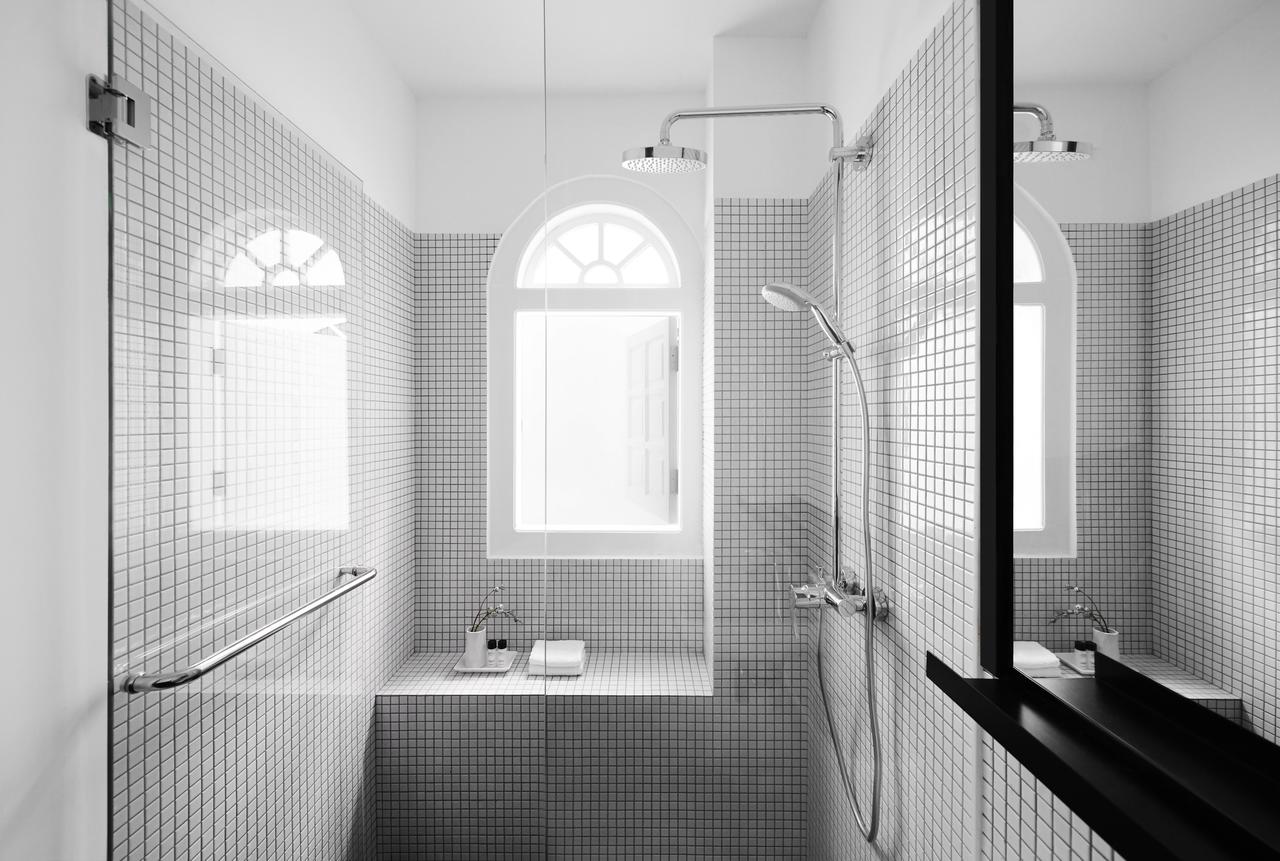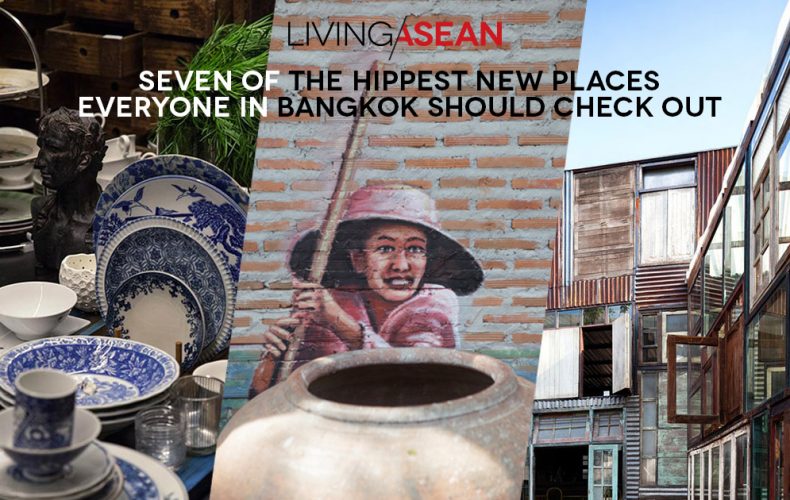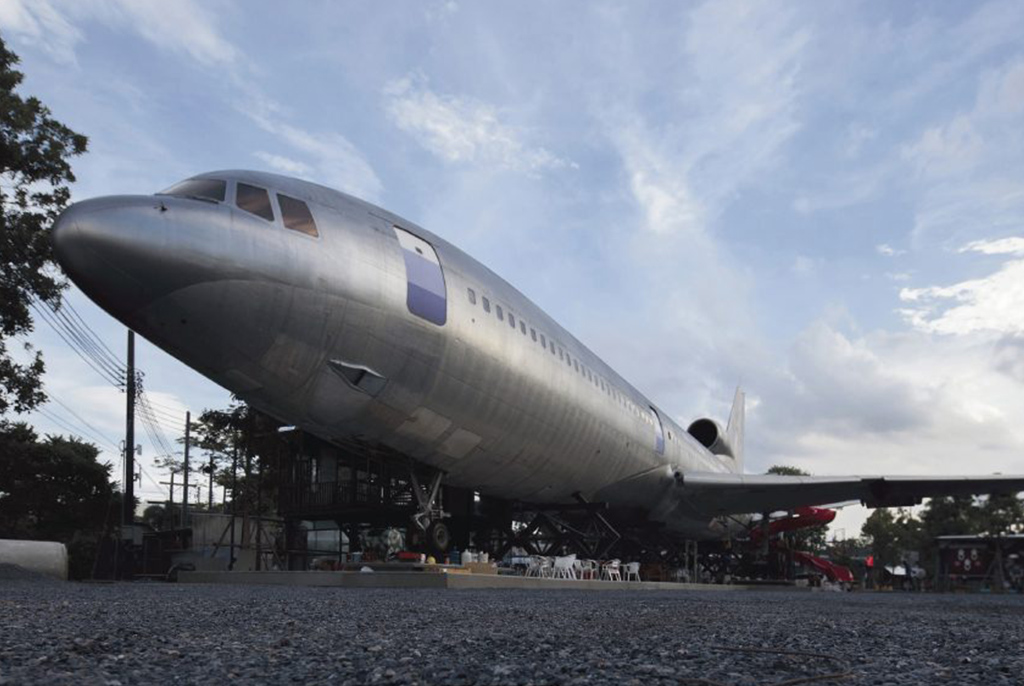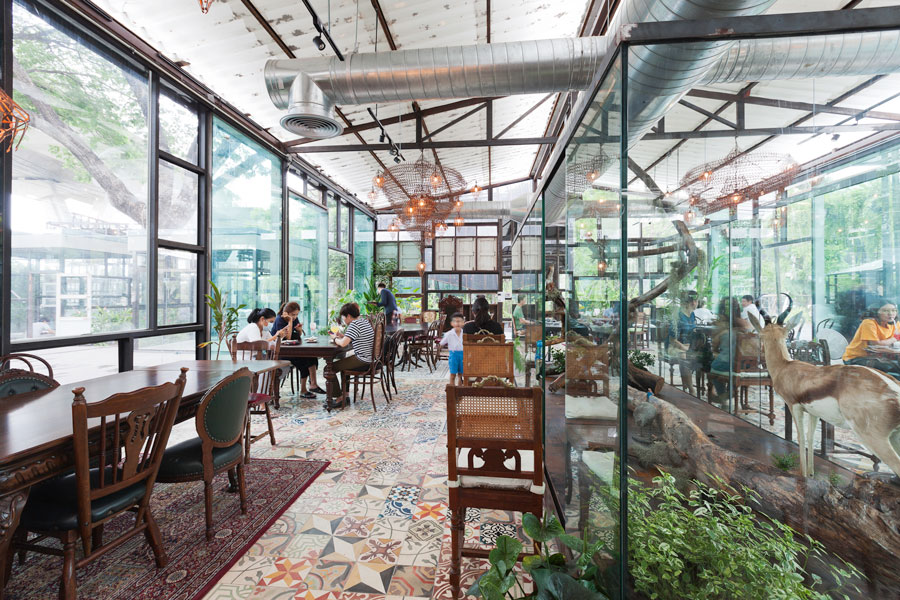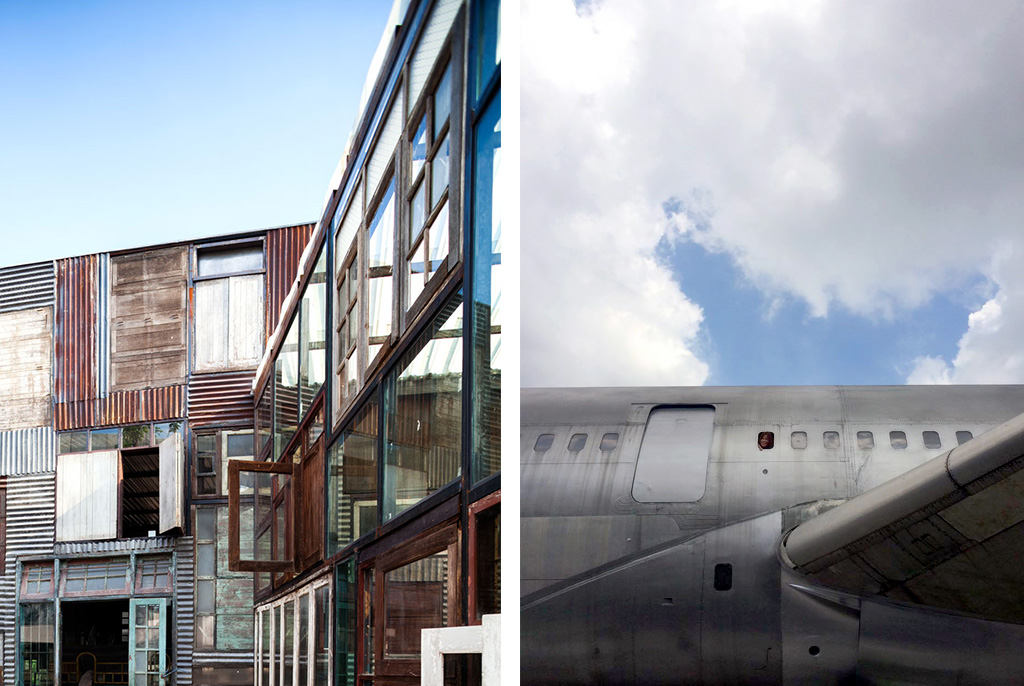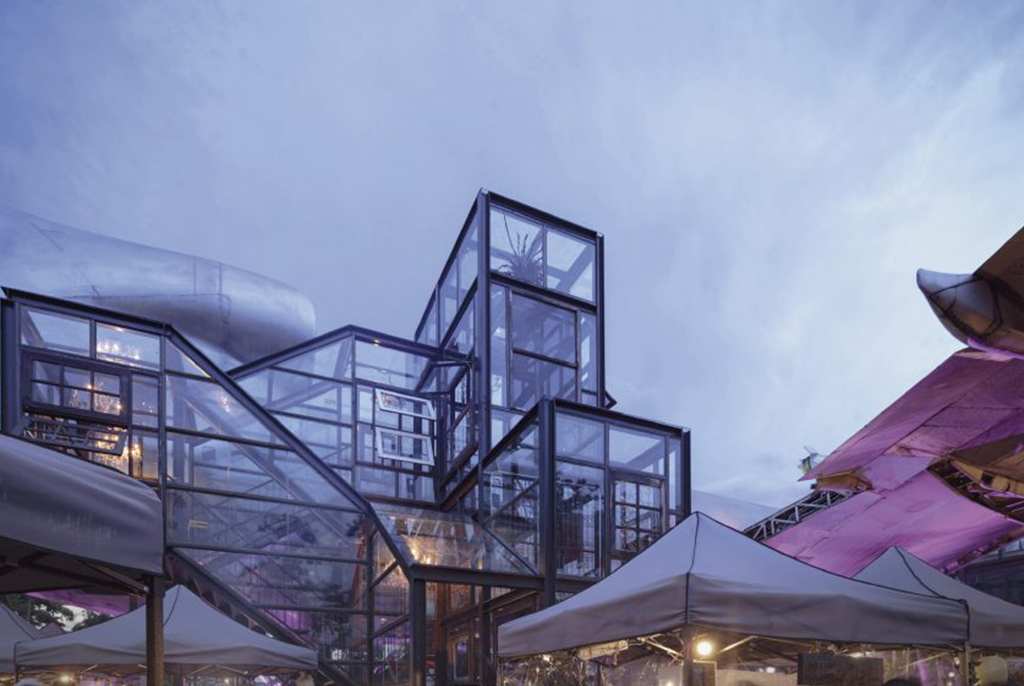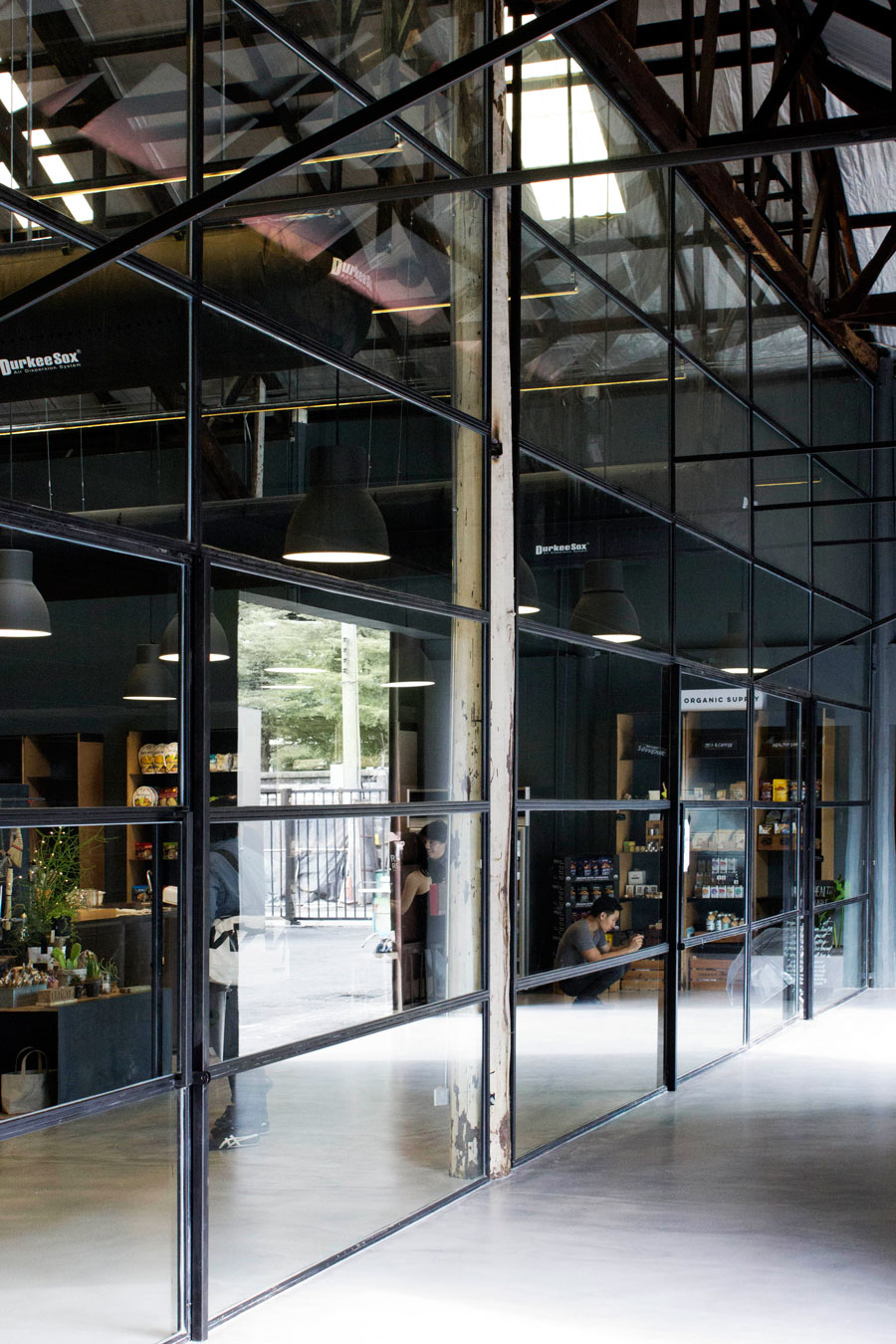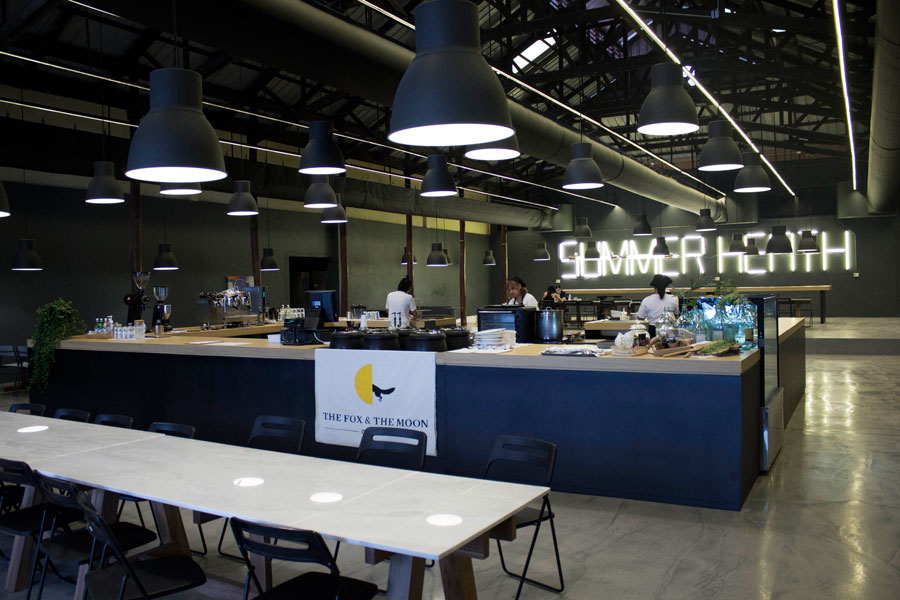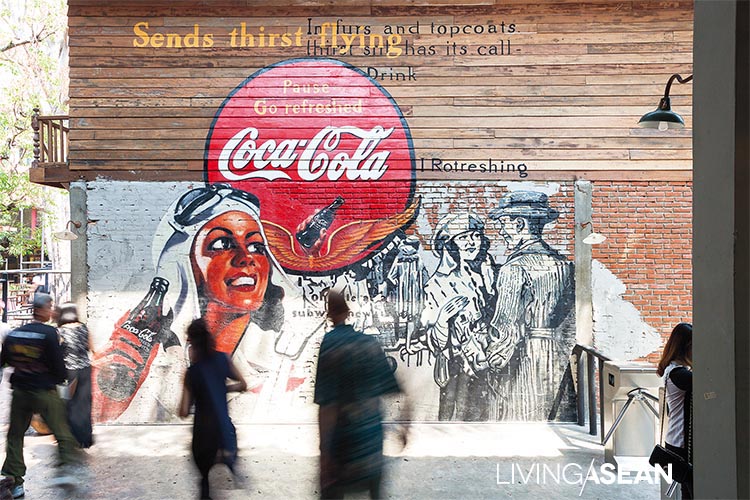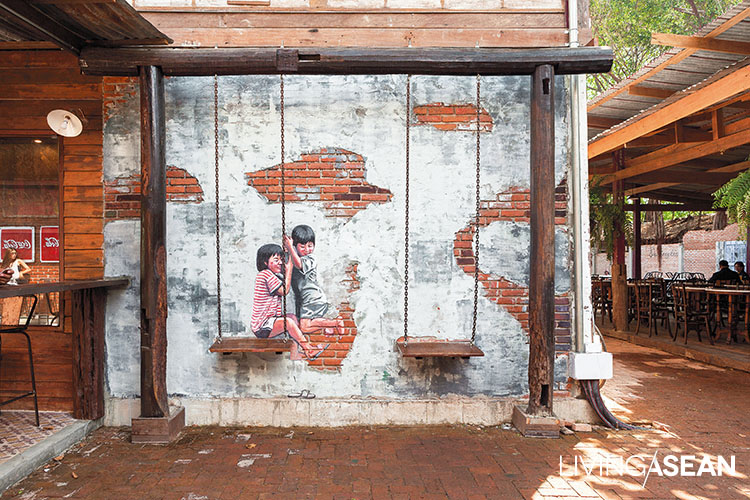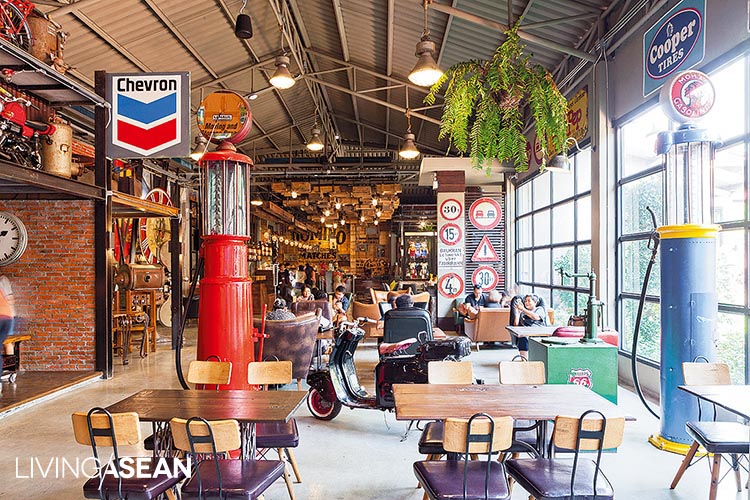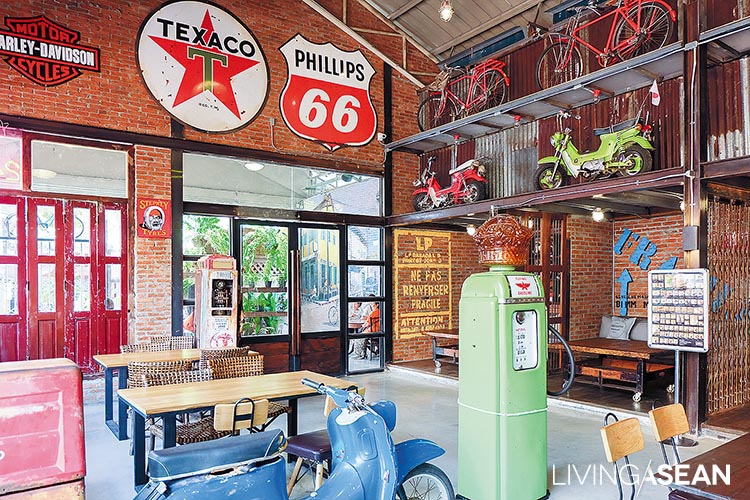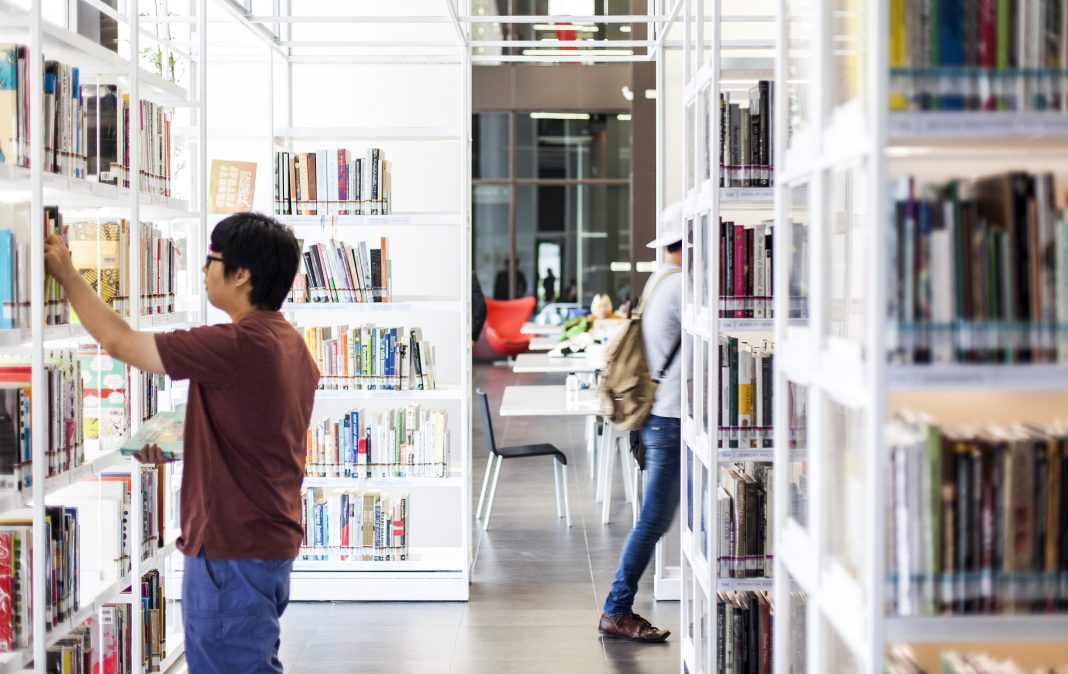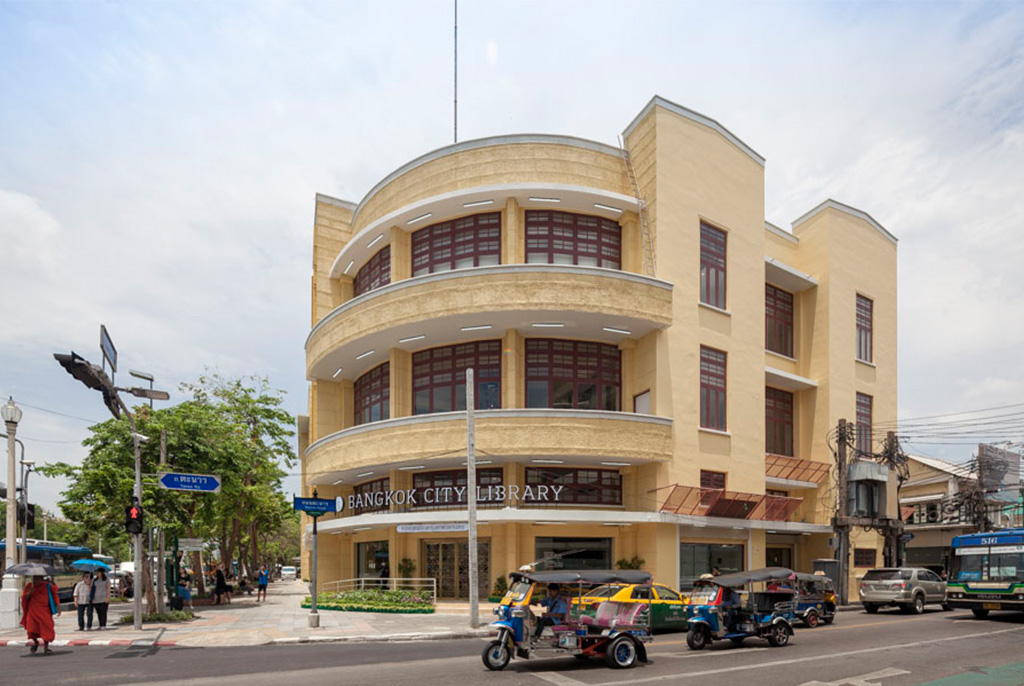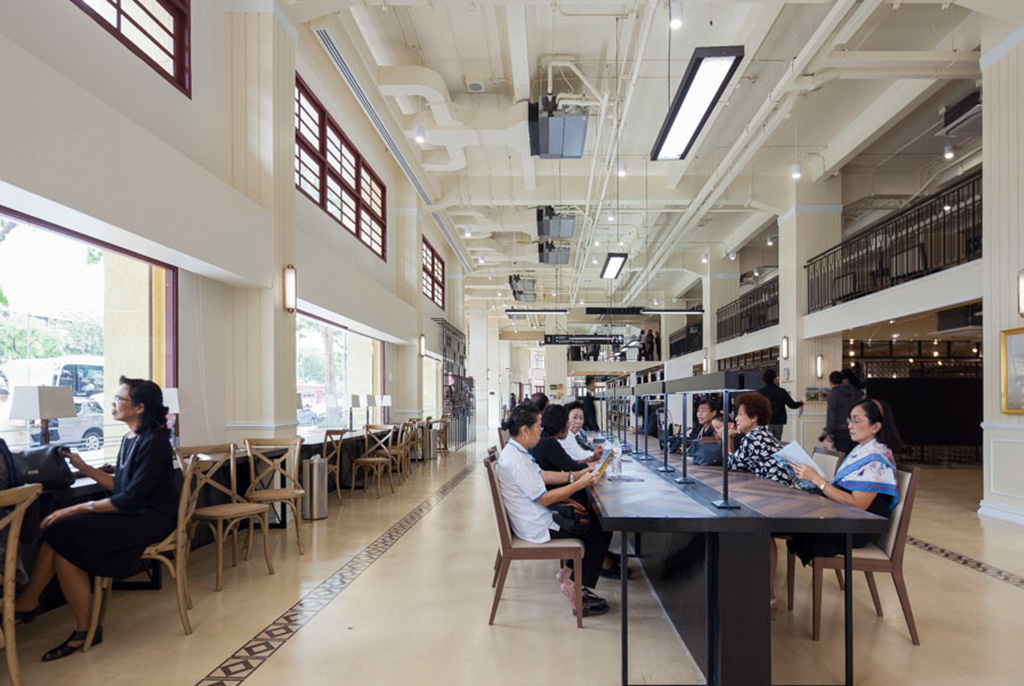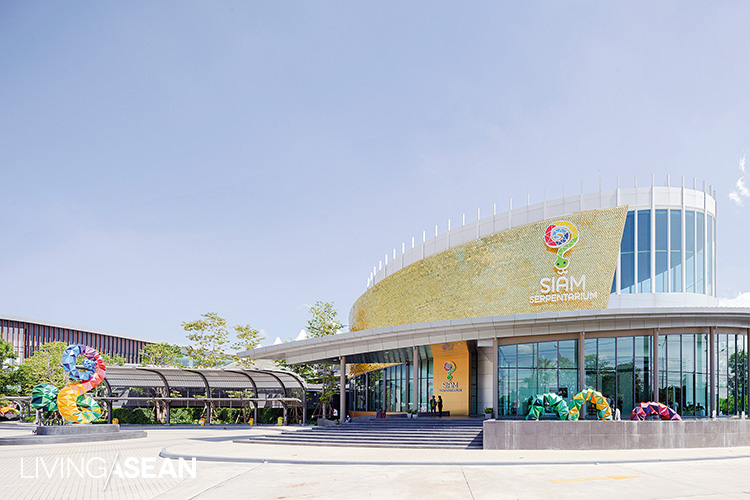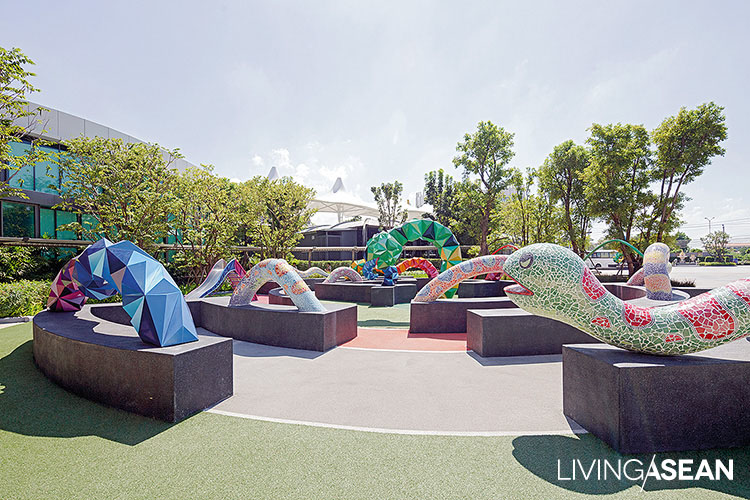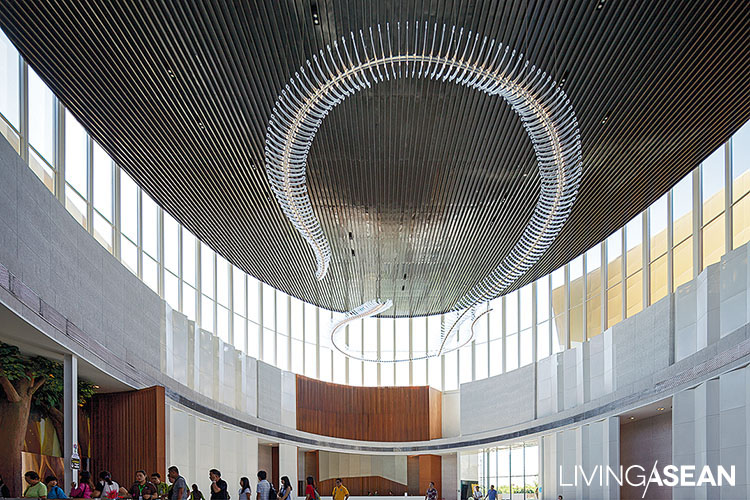STYLE 2017, the region’s most comprehensive lifestyle trade show, is happening now in Bangkok. Embracing the concept “Life+Style,” it is fast becoming a global marketplace attracting over 60,000 buyers and poised to transform Bangkok into a regional hub of the lifestyle industry.
/// Thailand ///
Photography: Nantiya
STYLE is the region’s largest and most comprehensive lifestyle trade show, comprises three main events in one, namely: Bangkok International Fashion Fair and Bangkok International Leather Fair: BIFF&BIL, Bangkok International Gift Fair and Bangkok International Houseware Fair: BIG+BIH and Thailand International Furniture Fair: TIFF. The fair is hosted by The Department of International Trade Promotion (DITP) between October 17-21, 2017 at BITEC Bangna with local and international entrepreneurs across 2,000 sales booths and expected 2,000 million Baht worth of business transaction.
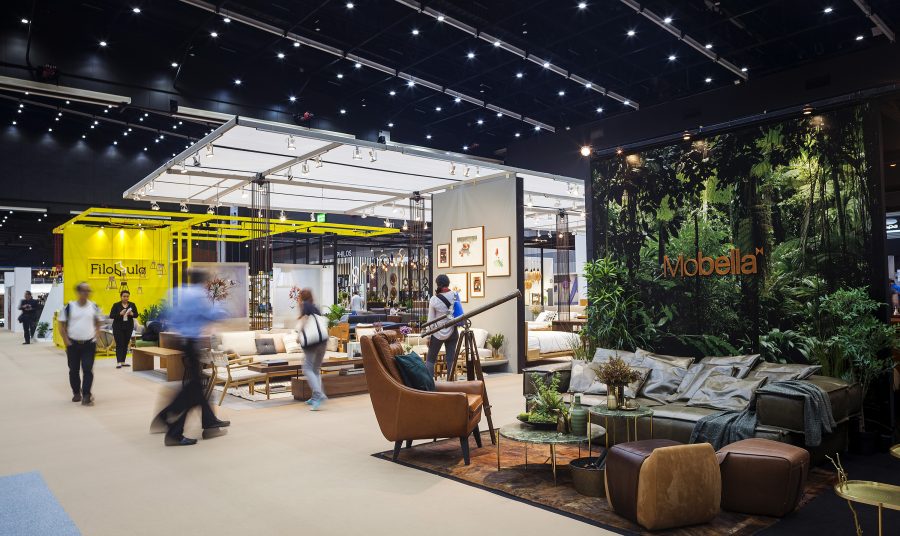
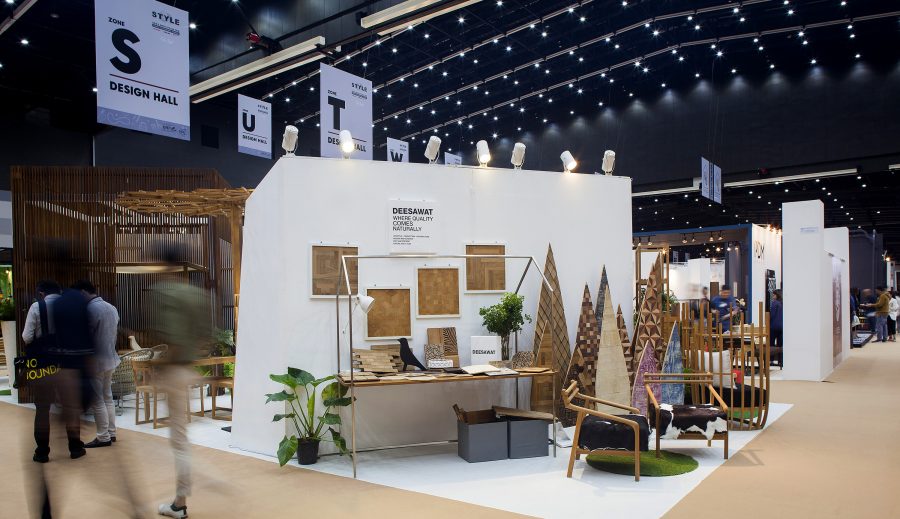

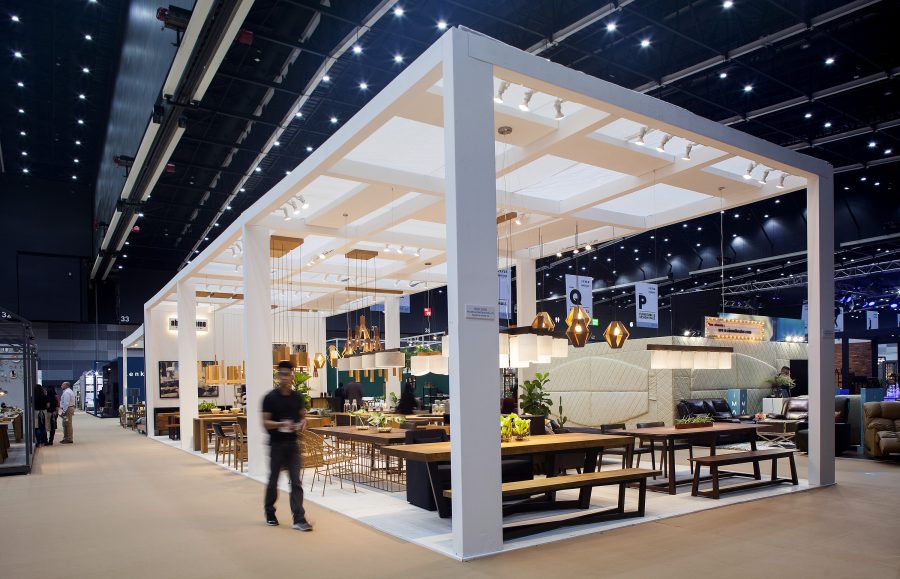
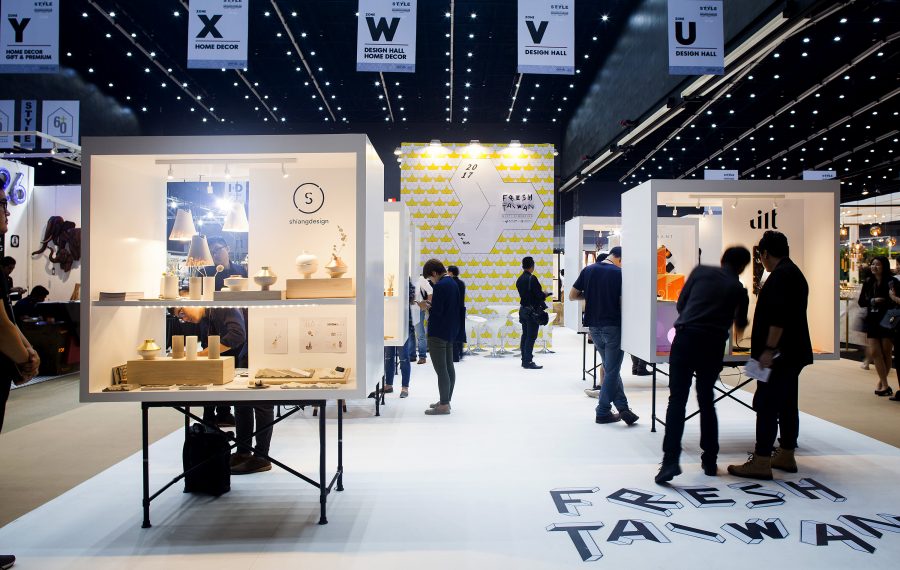
STYLE 2017 assists and caters to all needs of all parties with the offering of specialized services to accommodate both exhibitors and visitors. These include business matching services at Buyer Lounge assisted by interpreters of many languages such as English, Chinese and Japanese; DITP SERVICE CENTER that combines all DITP services in one spot and Logistic Consultancy on the ground to provide logistic solution and facilitate on-site goods transport
Besides, STYLE 2017 renders itself as a source of inspiration with 20 fascinating exhibitions as well as trend updates, design inspiration, fashion and lifestyle trends that can developed into business opportunities. Fashion buffs should not miss Trend Forum 2018, QURATED Fashion Incubation Project and other co-hosted exhibitions to inspire and offer designers and creators a platform to showcase their creativity and develop ideas to become tangible products. DITP also teams up with Chaipattana Foundation to host an exhibition in honor and remembrance of HM King Bhumibol Adulyadej with workshop of funerary flower making made from vetiver grass for the royal cremation.
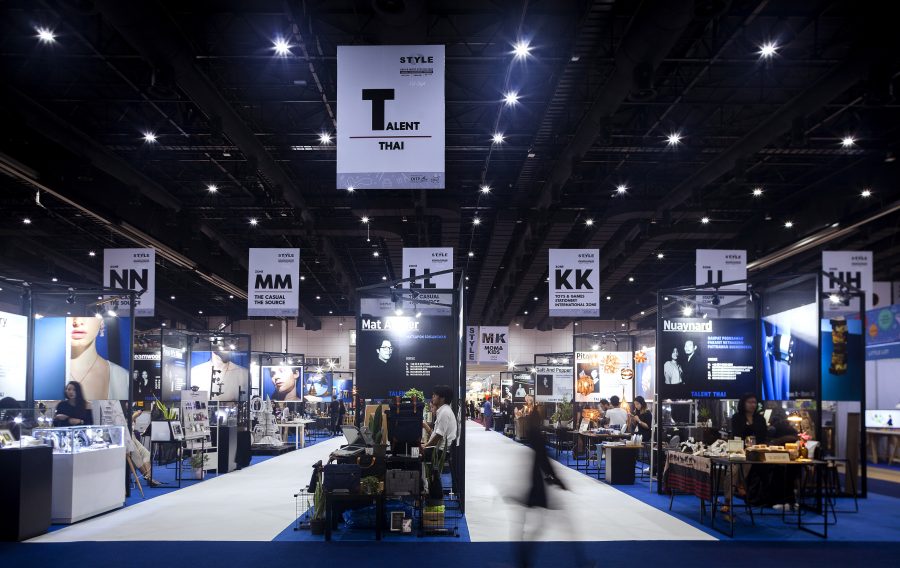
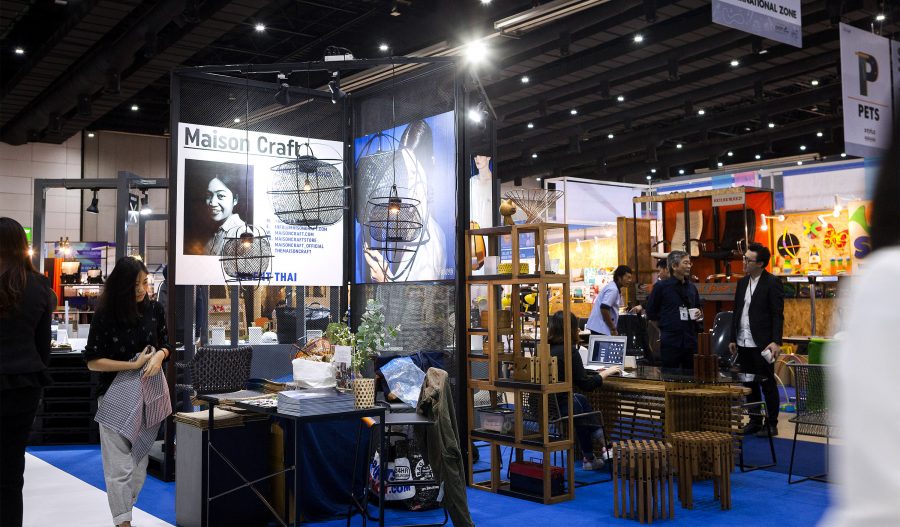

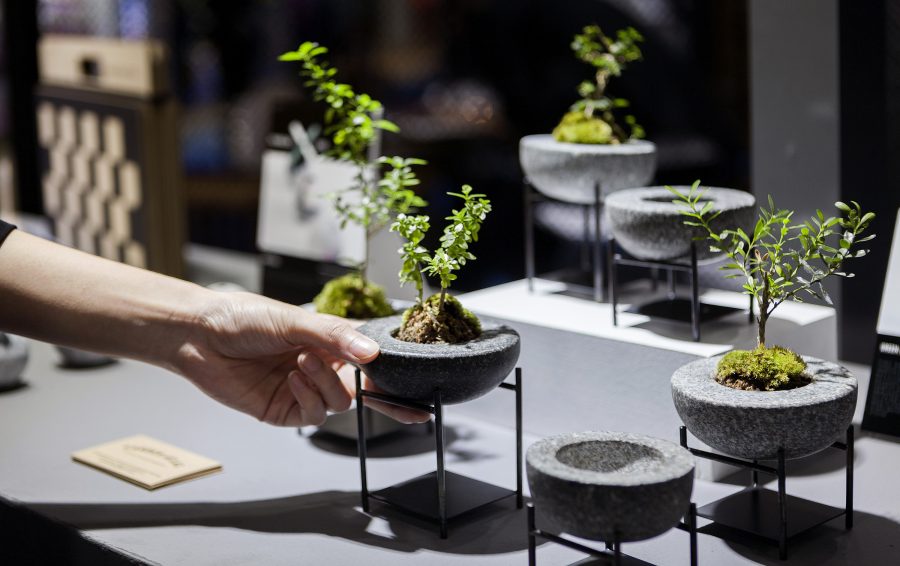
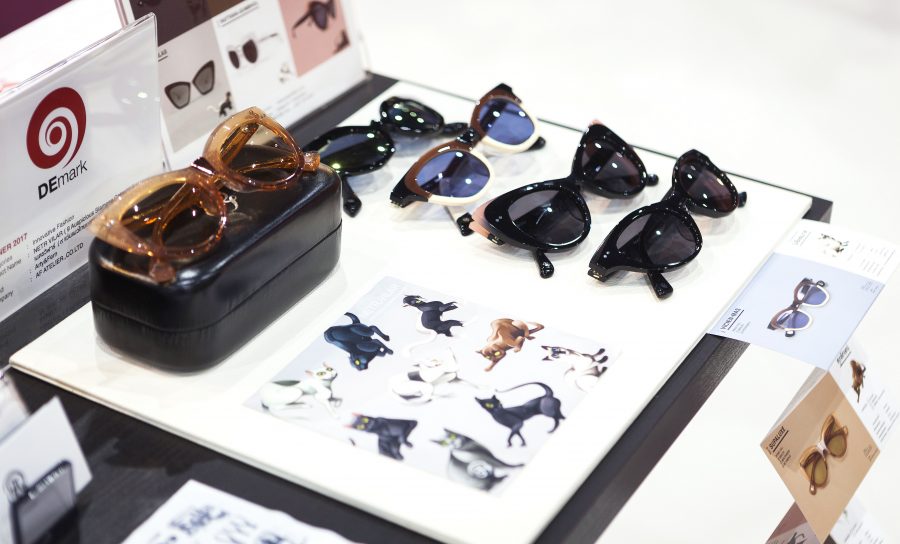
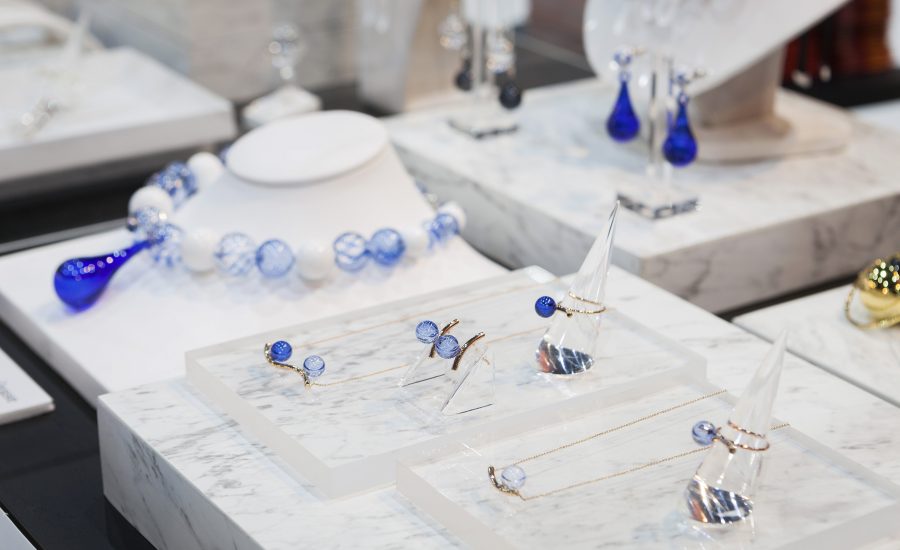
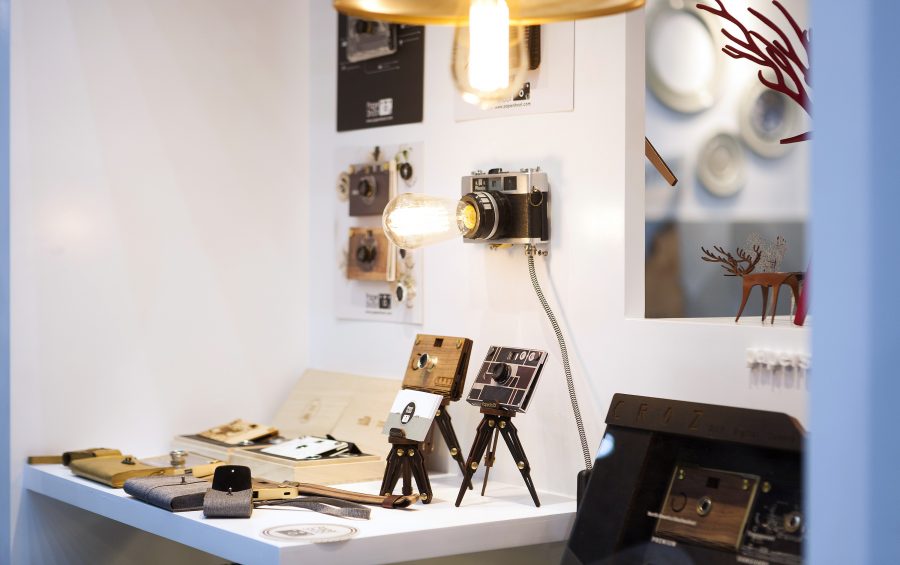
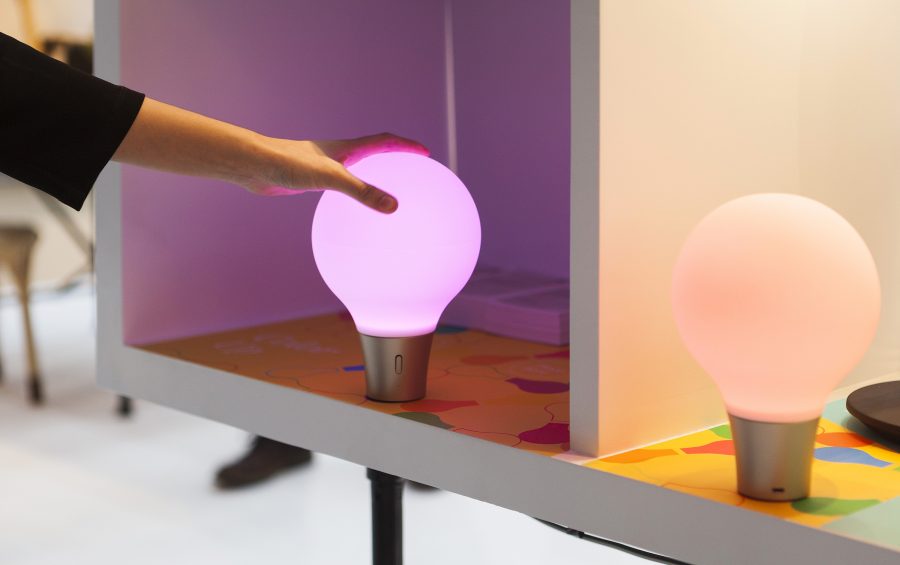
STYLE is held between October 17-21 2017 (trade days : October 17-19,10am-6pm and public days: October 20-21 , 10am-9pm) at Hall 98-104, Bangkok International Trade and Exhibition Centre (BITEC).
Link : www.stylebangkokfair.com

